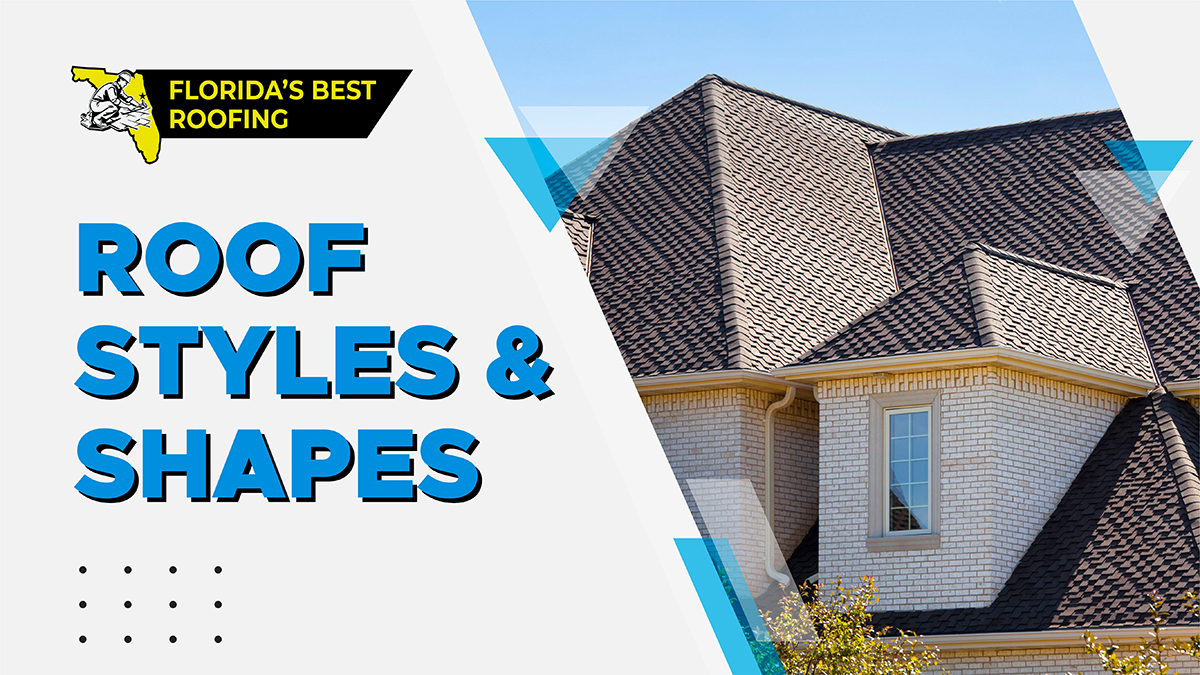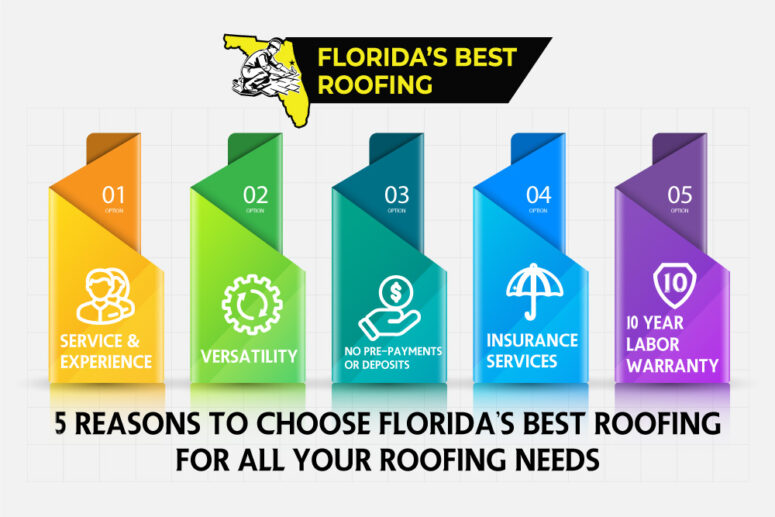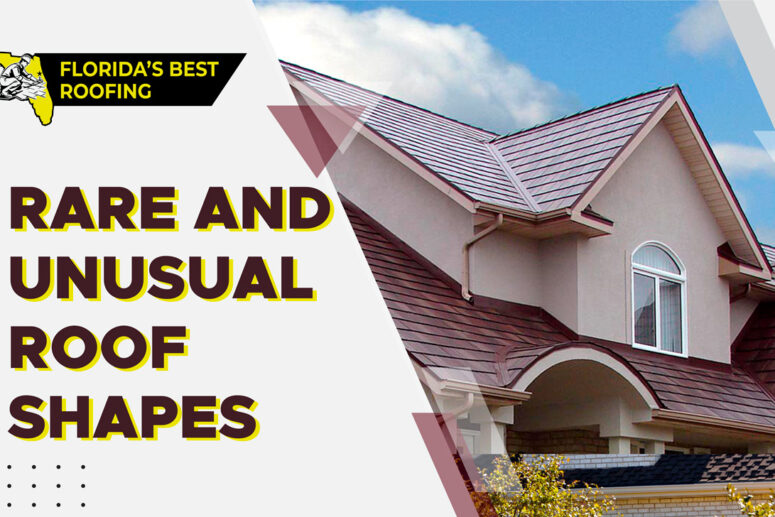Have you ever wondered about why your roof is shaped the way it is? Why is it different from a neighbor’s roof? Whether those differences matter and where they come from? Well here you’ll find the answers. Below we look at some of the most popular roof shapes and their unique aspects.
Gable Roofs
Gable roofs are the most common type of roofing style installed today. They have a simple and classic look, giving the roof a triangular shape when viewed from the front or the back. This type of roof rises up from the eave to the ridge on one side and then goes down from the ridge to the eave on the other.
Gable roofs can look very different from one house to another because they vary in slope. Low sloped gable roofs give a structure a flatter look while high sloped roofs are steeper and taller. As with most roofing styles, gable roofs also vary because most modern structures do not have just one roof, but instead a main roof with multiple sub-roofs. The ways that the main roof and sub-roofs are combined allows for much versatility.
Hip Roofs
Hip roofs are the second most common style of roof for modern residential structures in America today. They have both advantages and disadvantages in comparison to gable roofs. In fact, it is also quite common to see combinations with a main hip roof and gable sub-roofs, or the other way around.
Hip roofs’ main advantage is in their strength. Unlike a gable roof, which only has two sides, a hip roof goes down from the ridge to the eave on all four sides. The intersection of all four sides at the top allows for greater stability and balance.
The downside is that hip roofs can be more expensive to replace, because they have a greater surface area. This is, of course, in a comparison of two houses of the same size.
Like gable roofs, hip roofs can look very different from one house to the next because they can also vary in slope, from relatively flat to steep. In any case, a house with a hip roof and only hip sub-roofs has a square look, since it lacks the triangle created by the gable.
Gambrel Roofs
Gambrel roofs have a very distinct aesthetic, similar to Mansard roofs, discussed below. They were very popular in past centuries and can be found particularly in the Northeast. They are also sometimes called Dutch roofs.
A gambrel is similar to a gable in that both roofing styles only slope on two sides of the house, leaving the other two sides with siding or stucco going up to the roof pitch. The difference in gable and gambrel is that the latter has two panels, with different slopes, on each side. The two panels that join up at the ridge usually have a lower slope, and then two further panels are attached to these with a steeper slope. This gives the house an overall curved look, without actually having a rounded roof.
Just like gable and hip roofs, gambrel roofs are most often covered with asphalt shingles, although metal roof covering is also an option.
Mansard Roofs
In a way, a mansard roof is to a gambrel as a hip roof is to a gable. Basically, a mansard is a gambrel roof, but with four sides. Each of the four sides has two panels, with the top four panels, which intersect at the top ridge, having a fairly low slope, and the attached lower four panels having a very steep slope.
Mansard roofs can have an overall boxy look, but this is mitigated by certain factors. For one, they often have dormers, windows with small gable shaped roof coverings, that jut out from the steep sections of the roof. The dormers lend this French style shape a certain amount of elegance, making it very popular in complex, historic homes. Due to the steep slope of the secondary panels, mansard roofs also allow for a great deal of attic space, or even the top story to be housed within the slopes of the roof!
The disadvantage of a mansard roof is its expense. This results from the complexity of the roof shape, the high slope, the high surface area, and often the delicate nature of working on historic structures. Furthermore, the roofing materials for mansard roofs can be more expensive. Traditionally, mansard roofs were covered with slate, the most expensive and longest lasting type of roofing material. In the modern day, cheaper asphalt shingles are more commonly used, but this can pose a problem of its own. Shingles are great for the steep panels of a roof, but the four low-sloped mansard panels are better suited for flat roofing materials. This results in a choice between a properly covered un-matched roof, or a matched fully shingle roof, which is not as effective in the low-sloped areas.
Flat Roofs
Flat roofs are most common in commercial roofing, but can also be seen on some residential structures, particularly in urban areas.
Flat roofs should never be completely flat, but their slope is so close to negligible that it is essentially not noticeable by the naked eye. Due to this, to prevent water retention, flat roofs require well functioning drainage systems, as well as special roofing materials that stand up to frequent and consistent water exposure better than standard asphalt shingles or tile.
Flat roofing materials must stand up to water exposure, beating from rain, and being walked on. They must be completely watertight, as leaks in flat roofs are very difficult to find and even more difficult to repair effectively.
These are the most commonly used flat roof materials: PVC membrane, TPO membrane, EPDM rubber membrane, rolled roofing, and gravel and tar.
In the Flagler, Deland, and Daytona Beach area hip and gable are the most common roofs in residential construction and flat roofs in commercial. Whatever your roofing style, if you have any roofing concerns call Florida’s Best Roofing at (386) 263-7906!



